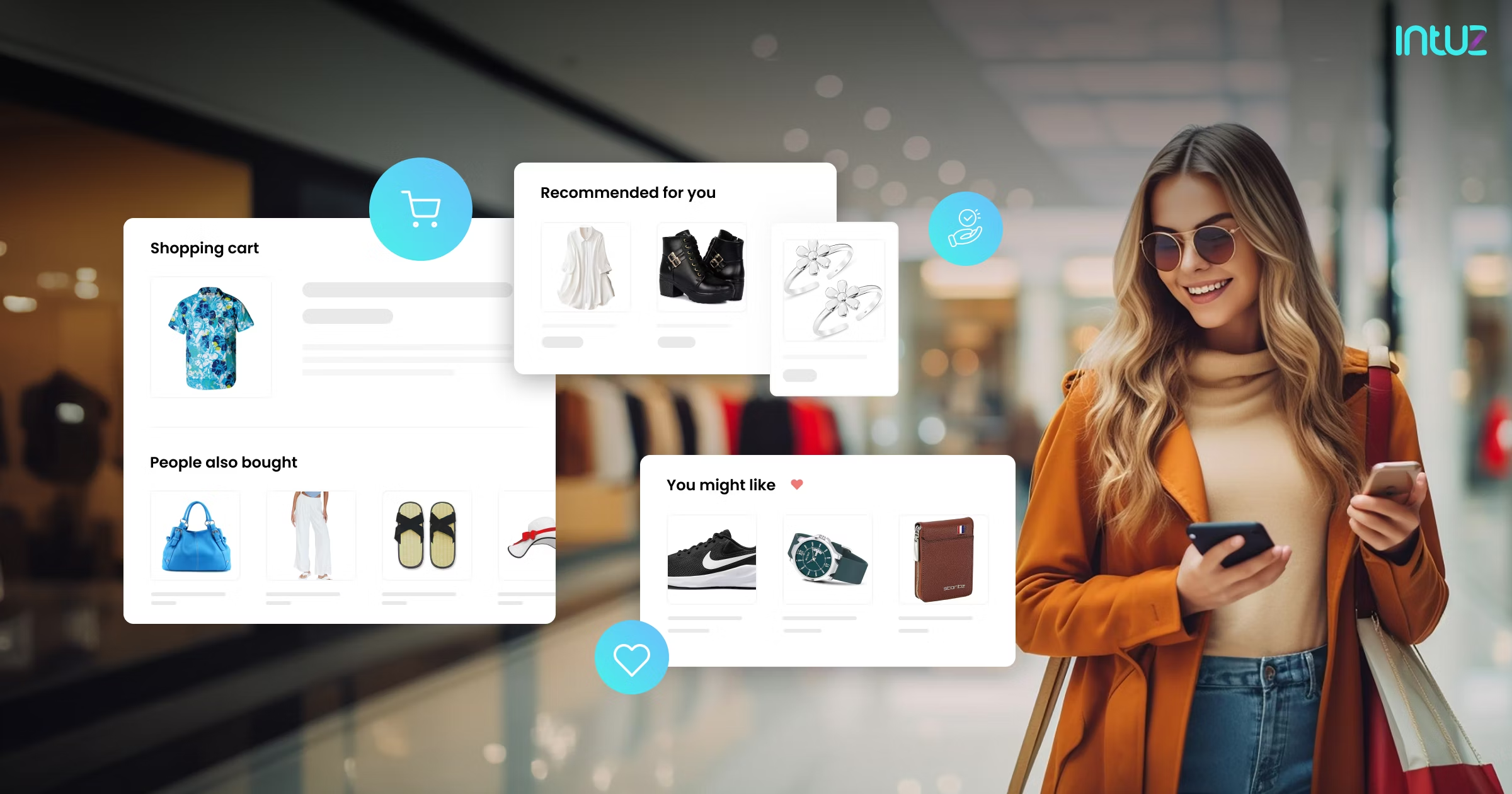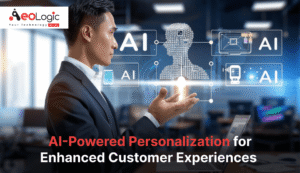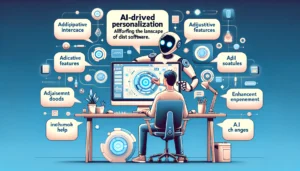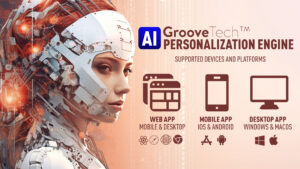AI-Powered Personalization: Transforming Customer Experiences in the Digital Age
In today’s competitive digital landscape, customers expect more than generic ads or broad messaging — they want experiences that feel tailor-made just for them. Whether it’s a product recommendation, an email subject line, or a streaming playlist, personalization is now a baseline expectation.
Enter AI-powered personalization — the technology that enables brands to deliver highly relevant, timely, and engaging interactions at scale. By leveraging advanced algorithms, data analysis, and predictive modeling, AI takes personalization from a simple “Hi, [First Name]” to deeply customized experiences that resonate.
This article explores what AI-powered personalization is, why it matters, how it works, real-world examples, and the best practices to implement it effectively.
1. What is AI-Powered Personalization?
AI-powered personalization is the process of using artificial intelligence to customize content, recommendations, and interactions for individual users based on their behaviors, preferences, and context.
Unlike traditional personalization, which relies on basic demographic or past purchase data, AI-powered systems:
-
Continuously learn from user interactions
-
Adapt in real-time
-
Predict future behaviors
It’s the difference between static targeting and dynamic, evolving customer engagement.
2. Why AI-Powered Personalization Matters
a) Higher Engagement
When content speaks directly to a person’s needs and interests, they’re more likely to interact.
b) Increased Conversions
McKinsey reports that personalization can drive 5-15% revenue growth and increase marketing ROI by up to 8x.
c) Better Customer Loyalty
When customers feel understood, they develop deeper trust and brand affinity.
d) Competitive Advantage
Brands that leverage AI personalization stand out in crowded markets.
3. How AI-Powered Personalization Works
AI personalization systems rely on three core components:
1. Data Collection
AI gathers information from:
-
Website interactions
-
Purchase history
-
Social media engagement
-
Email responses
-
Mobile app usage
-
Location and device data
2. Data Analysis
Machine learning algorithms identify:
-
Behavioral patterns
-
Buying signals
-
Content preferences
3. Real-Time Decision Making
AI dynamically adjusts:
-
Product recommendations
-
Ad creatives
-
Email sequences
-
Content feeds
4. Real-World Examples of AI-Powered Personalization
1. Netflix
Uses AI to recommend shows based on viewing history, genre preferences, and even time of day.
2. Amazon
Personalizes product recommendations for millions of users simultaneously, influencing 35% of total sales.
3. Spotify
Creates custom playlists like Discover Weekly using collaborative filtering and AI models.
4. Starbucks
The Starbucks app suggests drinks based on weather, time, and past orders.
5. Types of AI-Powered Personalization
a) Content Personalization
Tailoring articles, videos, and offers to each user’s preferences.
b) Product Recommendations
Suggesting products likely to interest the customer based on behavior and purchase history.
c) Predictive Personalization
Forecasting future customer needs and offering solutions before they even ask.
d) Journey Orchestration
Personalizing each stage of the customer journey — from first visit to post-purchase follow-up.
e) Contextual Personalization
Adjusting offers based on location, weather, device type, or current events.
6. Benefits of AI-Powered Personalization
-
Enhanced Customer Experience – Customers feel valued and understood.
-
Increased Revenue – More relevant offers lead to higher conversion rates.
-
Better Marketing Efficiency – Reduced wasted ad spend on irrelevant targeting.
-
Real-Time Adaptation – AI updates personalization instantly as customer behavior changes.
-
Scalability – Works across millions of customers without manual intervention.
7. Technologies Behind AI-Powered Personalization
-
Machine Learning (ML) – Learns from user data to predict preferences.
-
Natural Language Processing (NLP) – Understands and interprets human language.
-
Recommendation Engines – Suggests products or content.
-
Predictive Analytics – Forecasts future behaviors.
-
Computer Vision – Personalizes experiences using image recognition.
-
Sentiment Analysis – Tailors responses based on emotional tone.
8. Best Practices for Implementing AI-Powered Personalization
1. Start with Quality Data
Bad data leads to bad personalization. Ensure accurate, clean, and up-to-date information.
2. Focus on Privacy and Transparency
-
Comply with GDPR, CCPA, and other privacy laws.
-
Let customers know how their data is used.
3. Test and Optimize Continuously
AI improves with feedback — run A/B tests on personalized experiences.
4. Keep the Human Touch
AI should enhance, not replace, human creativity and empathy.
5. Personalize Across Channels
Ensure consistency in emails, social media, ads, and in-app experiences.
9. Challenges in AI-Powered Personalization
-
Data Privacy Concerns – Misuse of data can damage brand trust.
-
Bias in Algorithms – Skewed data can lead to unfair recommendations.
-
Over-Personalization – Can feel creepy or invasive if too specific.
-
Implementation Costs – Requires investment in infrastructure and AI talent.
10. The Future of AI-Powered Personalization
By 2030, personalization could be so advanced that:
-
Websites adapt layouts in real time for each visitor.
-
Voice assistants predict needs before you voice them.
-
Retail experiences are entirely AI-curated.
-
Marketing campaigns are 100% automated but feel human.
Emerging technologies like generative AI, multimodal AI, and emotional AI will make personalization even more intuitive and immersive.
Conclusion
AI-powered personalization is no longer optional — it’s a necessity for brands that want to stay relevant. From Netflix’s recommendations to Starbucks’ drink suggestions, AI is transforming customer engagement by delivering relevant, timely, and delightful experiences.
The key to success lies in:
-
Data quality
-
Ethical AI practices
-
Continuous improvement
-
Human oversight
In an era where customers are bombarded with information, AI-powered personalization ensures your message isn’t just seen — it’s felt.
https://bitsofall.com/https-www-yourwebsite-com-sustainable-ai-development-intelligent-future/






